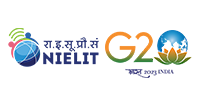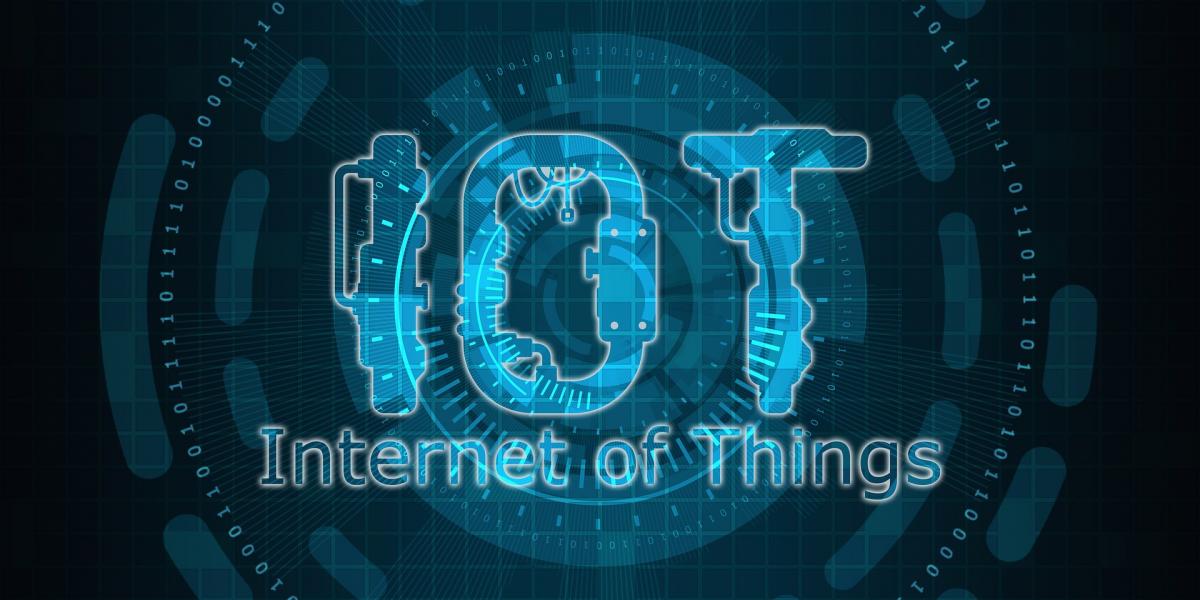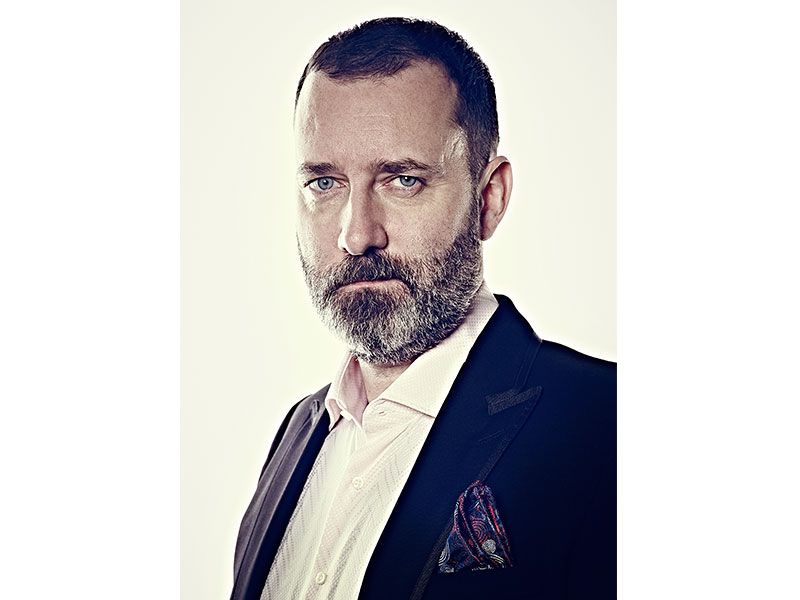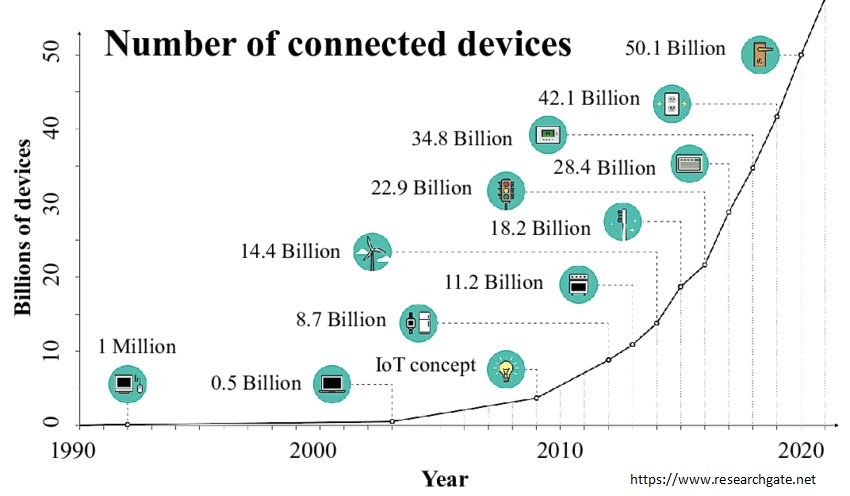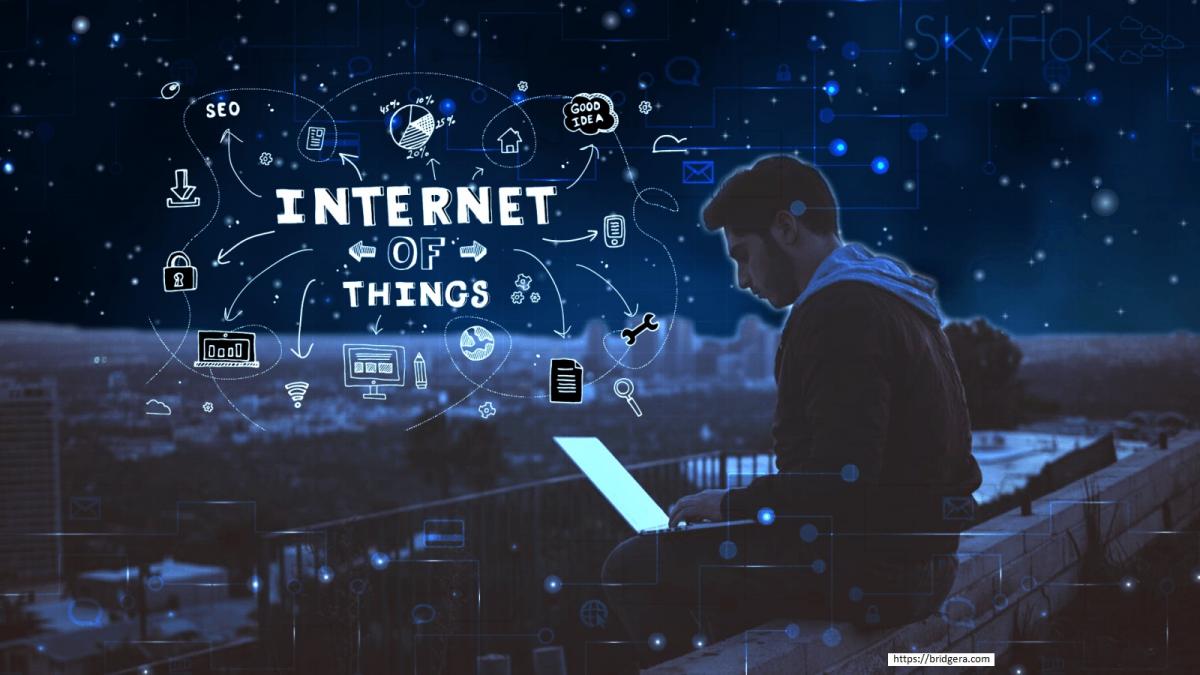Internet of Things (IoT)
|
Introduction: Internet of Things (IoT) is a technology having potential to penetrate every aspect of our live. Everything around us is going smart and intelligent. Internet of Things (IoT) is essentially a seamless connected network of embedded objects/devices, with identifiers, in which M2M communication without any human intervention is possible using standard and interoperable communication protocols. The Internet of things has evolved due to the convergence of multiple technologies, real-time analytics, machine learning, commodity sensors, and embedded systems. Traditional fields of embedded systems, wireless sensor networks, control systems, automation (including home and building automation), and others all contribute to enabling the Internet of things. On Indian context, the various initiatives proposed to be taken under the Smart City concept and the Digital India Program to setup Digital Infrastructure in the country would help boost the IoT industry. |
||||||||
|
|
||||||||
|
IoT Policy: The Internet of Things (IoT) fed by sensors soon to number in the trillions, working with intelligent systems in the billions, and involving millions of applications, the Internet of Things will drive new consumer and business behavior that will demand increasingly intelligent industry solutions, which, in turn, will drive trillions of dollars in opportunity for IT industry and even more for the companies that take advantage of the IoT. The number of Internet-connected devices (12.5 billion) surpassed the number of human beings (7 billion) on the planet in 2011, and by 2020, Internet-connected devices are expected to number between 26 billion and 50 billion globally. |
||||||||
|
History: In 1998, the real IoT was touched by Mark Weiser, who developed a water fountain that was amazing and delightful to everyone who saw it. It rose and fell respectively according to the pricing trends and the volume of stock on the NYSE. But the actual term “Internet of Things” was coined by Kevin Ashton in 1999 during his work at Procter&Gamble. At that point, he viewed radio-frequency identification (RFID) as essential to the Internet of things. Because the internet was the new trend in 1999 and because it somehow made sense, he called his presentation “Internet of Things”.
|
Significance of IoT in India: Zinnov, a leading global management and strategy consulting firm, released the findings from its latest study titled, "India - Emerging Hotbed of IoT Opportunities". Zinnov estimated that the IoT investments in India were close to USD 5 Billion in 2019, and are expected to triple to touch ~USD 15 Billion by 2021 across both technology products and services components. |
|||||||
|
|
|
|||||||
|
Tools for IOT: Recommended Hardware/tools:Recommended Hardware/tools: INDUS IoT kit (ARM Cortex M4 board with onboard sensors and communication interfaces) will be used for all microcontroller based experiments.Recommended Software: ARM GCC, Eclipse IDE, STM32CubeMX, Keil IDE, Putty/Hercules, Eclipse IDE, ARM-MBED Simulation Environment, NetSim from Tetcos / NS3, Wireshark, Advance Rest Client/Postman, Cooja Simulator, Mosquitto Broker, Visual Studio Code (e-lab) |
Learning Outcomes of IoT Course: A person will develop experience on working with the INDUS-IoT kit. The person will understand the basics of IoT with reference to a case study including the reference architecture, functional blocks and various applications with deep insights into the multiple design challenges. The person will develop insights into
Understand Edge Computing & its advantages in IoT, knowledge on various IoT platforms.
|
|||||||
|
Reference: -
|
Online Course Offered by NIELIT: 1. Certificate course IOT (6 weeks) – Rs. 4500 + GST 2. Faculty Development Training for IOT (2 weeks) – Rs 3000 + GST 3. Govt. Official Training Program (1 week) – Sponsored by Ministry of Electronics & Information Technology, GOI. 4. Webinars Registration and Contact Details Mr. Saurabh Bansod Mobile No:- +91 9834081669 Mr. Prashant Pal. Mobile No:- +91 8218724641 Mr. Ganesh Patil Mobile No:- +91 9673363826 Mrs. Harsha Jain Mobile No:- +91 9420790217 |
|||||||





